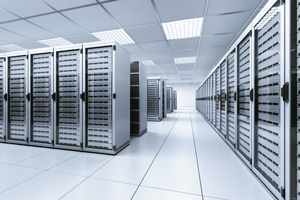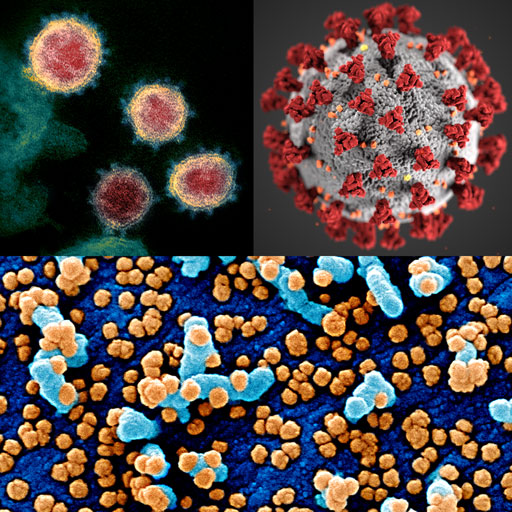Big Pharma, Big Data

We recently received customer feedback on HoloMonitor M4.5 from the pharmaceutical industry. The feedback can be summarized in a few quotes:
- “Great sensitivity and versatility”
- “Outstanding software”
- “Very user friendly”
- “Changes our view on cell biology”
The constraints of technology
Scientific progress is propelled by technology and confined by its limits. Cell biology is no exception to this rule. The cell was discovered by using a microscope. However, the limits of conventional microscopy technology has steered cell biology into studying snapshots of a few cells.
Cellular interaction
As a result, cellular interaction in a cell population is seldom studied and therefore poorly understood. However, cell interaction is enormously important. While you are reading this, neurons in your brain are interacting like crazy to understand what my interacting neurons wrote. Our neurons are doing this because it helps all the interacting and collaborating cells in our body to achieve their ultimate goal – passing on their identical DNA to the next generation.
Cancer – collaboration breakdown
At this point your interacting neurons may be asking what this has to do with PHI and the pharmaceutical industry. Well, cancer is when cells reproduce uncontrollably. Multicellular organisms, like you and I, are made of ancestors to cells that lived as single cells. In the primeval soup of single cells, uncontrolled reproduction was fine and in the cells best interest. However, to allow coexistence with other cells and the formation of multicellular organisms, evolution had to come up with some type of growth controlling mechanism. Cancer is the failure of this altruistic control mechanism, which allows cells in a multicellular organism to interact, collaborate and share a common goal.
Big data
Modern information technology has given cell biologists an untapped tool to make sense of cellular interactions in a large cell population. We all use the technology when we use Google, but for a completely different purpose. Google uses what is known as Big Data technology. This technology applies computer algorithms to help us select relevant information from a bewildering amount of information that our brains simple cannot otherwise cope with.

A future cell laboratory
Imaged-based time-lapse cytometers, as our HoloMonitor, creates huge amounts of information on how cells interact and multiply over long time periods. Combined with Big Data technology, such novel instrumentation will provide cell biologists and the pharmaceutical industry with a game changing new tool to better understand complex cellular interactions and through this hopefully cure cancer.
This is why the pharmaceutical industry is excited about HoloMonitor® – it fundamentally changes cell biologists’ view on cell biology.


